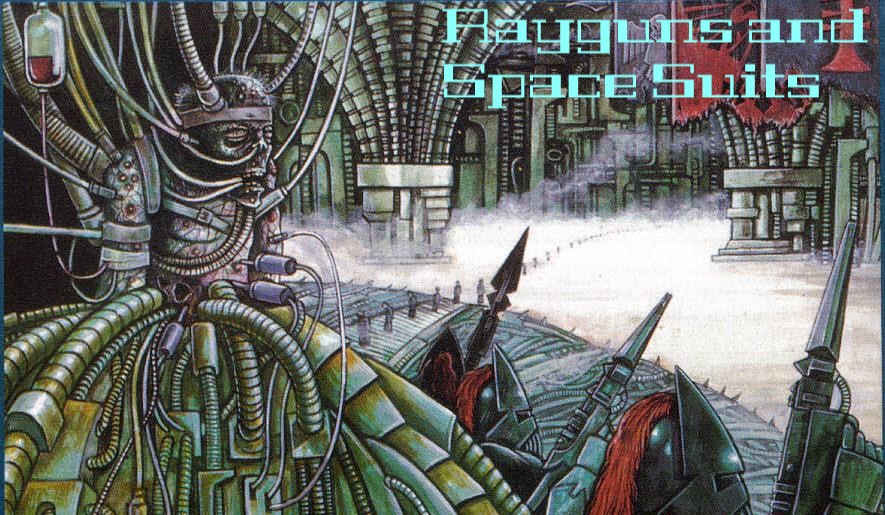 |
| (via Memory Alpha) |
Can we just talk about for a second? A pre-refit, TOS era (Harbinger is set just after the events of Where No Man Has Gone Before) Miranda-class took on six Tholian heavy cruisers and destroyed four of them out before being destroyed herself. Damn, son! No wonder the Reliant kicked the Enterprise's ass in Wrath of Khan!
 |
| What a pre-refit Miranda might have looked like. (via Memory Beta) |
Anyways, back to the book. The premise for the Vanguard series is pretty cool: The USS Constellation (you might have heard of it) discovers something called a meta-genome in a sample of mold that they were transporting back from a planet called Ravanar in the Tarsus Reach, a far off sector of space outside Federation territory. Yup, outside Feddie territory and right between the Klingon Empire and Tholian Assembly. What could possibly go wrong? The meta-genome proves to be important because it contains a lot of information; too much, in fact, to be anything but artificial. So, Starfleet fast-tracks the construction of Vanguard, a watch-tower class starbase in Tarsus Reach. They also assign three starships to the base: the already mentioned Bombay, the Constitution-class Endeavor, and the Archer-class Sagittarius. The Archer is a small scout ship that was created specifically for the series and has appeared outside of it as well.
Like I said, there are multiple plot threads established in Harbinger. One is that a member of the Federation diplomatic staff on Vanguard, Anna Sandesjo, is actually a Klingon spy and the lover of the station's intelligence officer, T'Prynn. There's another plot thread with the latter. T'Prynn had a very dramatic experience during Pon Farr. Her mate was a physically abusive dickhole of a Vulcan named Sten, who she killed during kal-if-fee (remember that fight between Spock and Kirk in Amok Time?) and well, it did not end well for her. Sten forced his katra into her mind and it can't be removed with it destroying hers in the process. So, she faces a daily mental battle with his katra assaulting her mind until she submits. There's also a secret relationship ongoing between Commodore Diego Reyes, the commander of Vanguard and his JAG officer, Captain Rana Desai.
Then there's Cervantes Quinn and Tim Pennington. Not in a romantic relationship, but their lives are connected throughout the novel. Quinn a smuggler/man for hire working for an Orion crime boss based out of Vanguard. Pennington is a reporting working for the Federation News Service. Quinn is responsible for the destruction of the Bombay when he accidentally destroys the sensor screen (while trying to steal it) that a team of Starfleet engineers and scientists were using to hide their top secret project on Ravanar. The Bombay was sent to rush a new sensor screen to the planet. Pennington's girlfriend was a bridge officer on the Bombay. Their separate threads connect throughout the novel until the very end when they become entangled. Presumably, because I don't know if Pennington and Quinn are even in the rest of the series. Honestly, it took a while for me to warm up to Quinn and Pennington branches of the plot and even then, I didn't like them much. Pennington brought the Federation close to the brink of war with the Tholians with his expose on the latter's destruction of the Bombay because he wanted to bring justice for Oriana, his girlfriend. Quinn just didn't wow me. He mostly just slunk around, got drunk, got beat up, and then got even more drunk.
The ending and the introduction of the Sheddai, which apparently is some sort of ancient advanced alien species was intriguing, but nothing new. It piqued my interest nonetheless.
Overall, I liked Harbinger regardless of its faults. Every book is going to have them. I like the way David Mack handled Kirk, Spock, and the Enterprise in the story. They were there and helped move the plot along without overshadowing the book's cast of characters.
Rating 8/10. Recommended.

